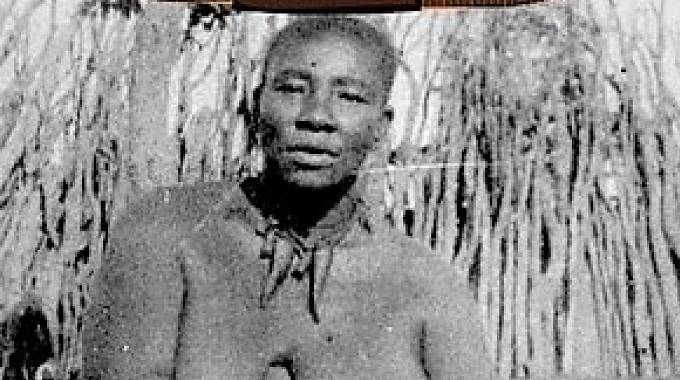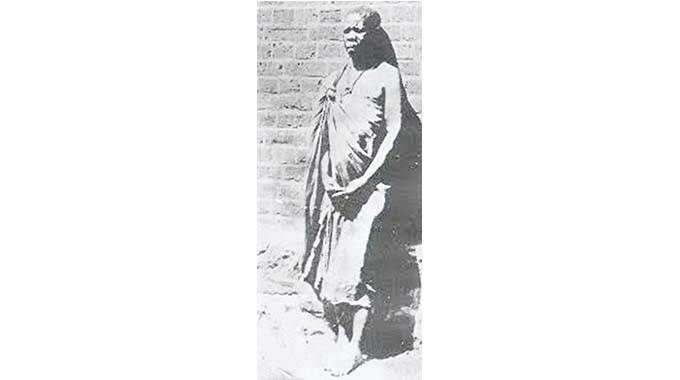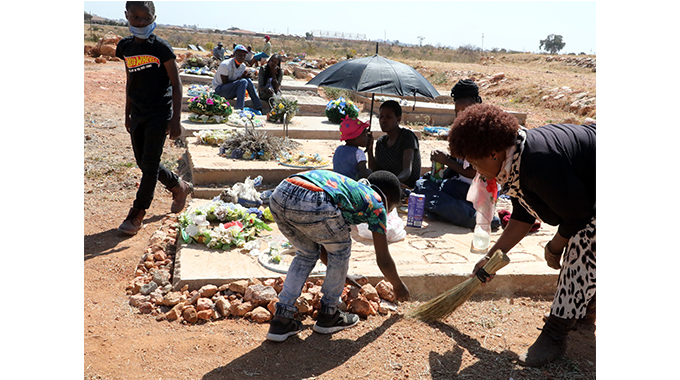Govt to immortalise eminent liberation icons’ sacrifices

Nduduzo Tshuma, Political Editor
PRESIDENT Mnangagwa yesterday said the Government is engaged in a programme of erecting statues of eminent liberation icons from the First and Second Chimurenga/Umvukela to immortalise their supreme sacrifices towards the liberation of Zimbabwe.
In a Heroes Day message broadcast live from State House in Harare, President Mnangagwa said in a move that should rekindle national identity, pride, dignity, and culture, the Government is also reviewing the list of national monuments to include battle sites, national and provincial Heroes’ Acres, Assembly Points as well as former detention and restriction centres.
He said the 40th Heroes Day commemorations were uniquely significant as it combined the recognition of heroes and heroines of both the First and Second Chimurenga/Umvukela.
“In this regard, the mounting of the statue of Mbuya Nehanda in Harare, our Capital City, will immortalise the supreme sacrifice that was paid by our forebears,” said President Mnangagwa.
“The location of this statue carries added historical meaning because the intersection of Samora Machel Avenue and Julius Nyerere Way is the spot where Mbuya Nehanda used to rest and drink water from a river that flowed at the site.”
He said other heroes and heroines from the early wars of resistance will also be honoured in a similar manner.
“Among them is General Mtshana Khumalo, who commanded the Imbizo Regiment, under King Lobengula, that defeated the Allan Wilson Patrol at the Battle of Pupu on 10 December, 1893,” said President Mnangagwa.

Mbuya Nehanda
He said other distinguished heroes and heroines of the First Chimurenga/Umvukela such as Sekuru Kaguvi, Chaminuka, Mkwati, Queen Lozikeyi Dlodlo, Chinengundu, Mashayamombe, Mgandani Dlodlo, Chiwashira, Muchecheterwa, Chingaira Makoni, and Mapondera, among others, will be accorded appropriate recognition.
From the Second Chimurenga/Umvukela, President Mnangagwa said, the late General Josiah Magama Tongogara and General Alfred Nikita Mangena, Cde Robert Gabriel Mugabe, Cde Joshua Mqabuko Nkomo and Cde Simon Vengesai Muzenda, among others, will also be honoured.
“We must as a people appropriate our liberation war heritage and shape the narratives by telling our own journey to freedom and independence. As such, my administration shall expedite the documentation of the story of our liberation struggle and the associated historical heritage,” said President Mnangagwa.
“The programme of renaming roads, buildings and prominent public infrastructure with names reflective of the country’s history is ongoing and a key feature of our Liberation War Heritage.”
The President said the list of national monuments is being reviewed to include liberation war shrines such as the 1893 Pupu Shrine, the 1966 Chinhoyi battle site and the Kamugoma massacre site of 1978, in Masvingo.
He said other sites such as the National and Provincial Heroes’ Acres, Assembly Points as well as former detention and restriction centres have also been made national monuments.
“Meanwhile, liberation war shrines in neighbouring Mozambique and Zambia will continue to be rehabilitated. The Sunday Mail, Sunday News and New Ziana are commended for producing Chimurenga Files,” said President Mnangagwa.
He said as part of this year’s commemorations, the Second Edition of the Honours and Awards Booklet will be published under the theme “Celebrating 40 Years of Independence and Democracy under the Second Republic”.
“Leveraging on Information Communication Technologies, more people must have access to the grand story of our liberation including those in the diaspora.
“These initiatives must help us to rekindle our national identity, pride, dignity, and culture. Such is the heritage we must bequeath to the future generations,” said President Mnangagwa.
“At the continental level, Zimbabwe is honoured to be the host of the Museum of the African Liberation History, which catalogues African history and resistance to colonial oppression from the 1890s until the attainment of political independence.”











Comments